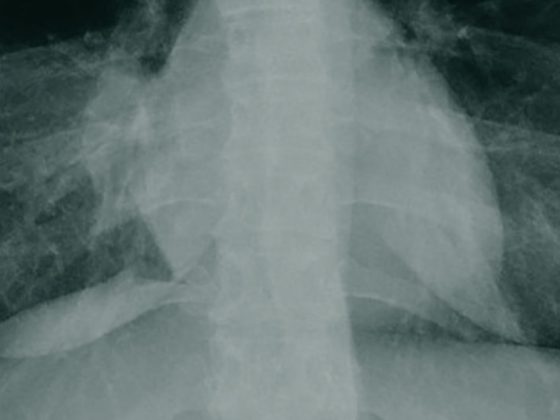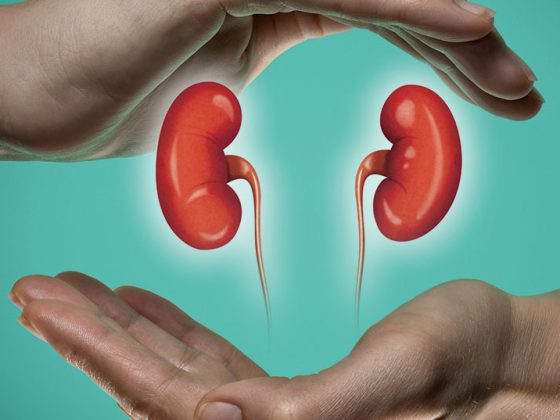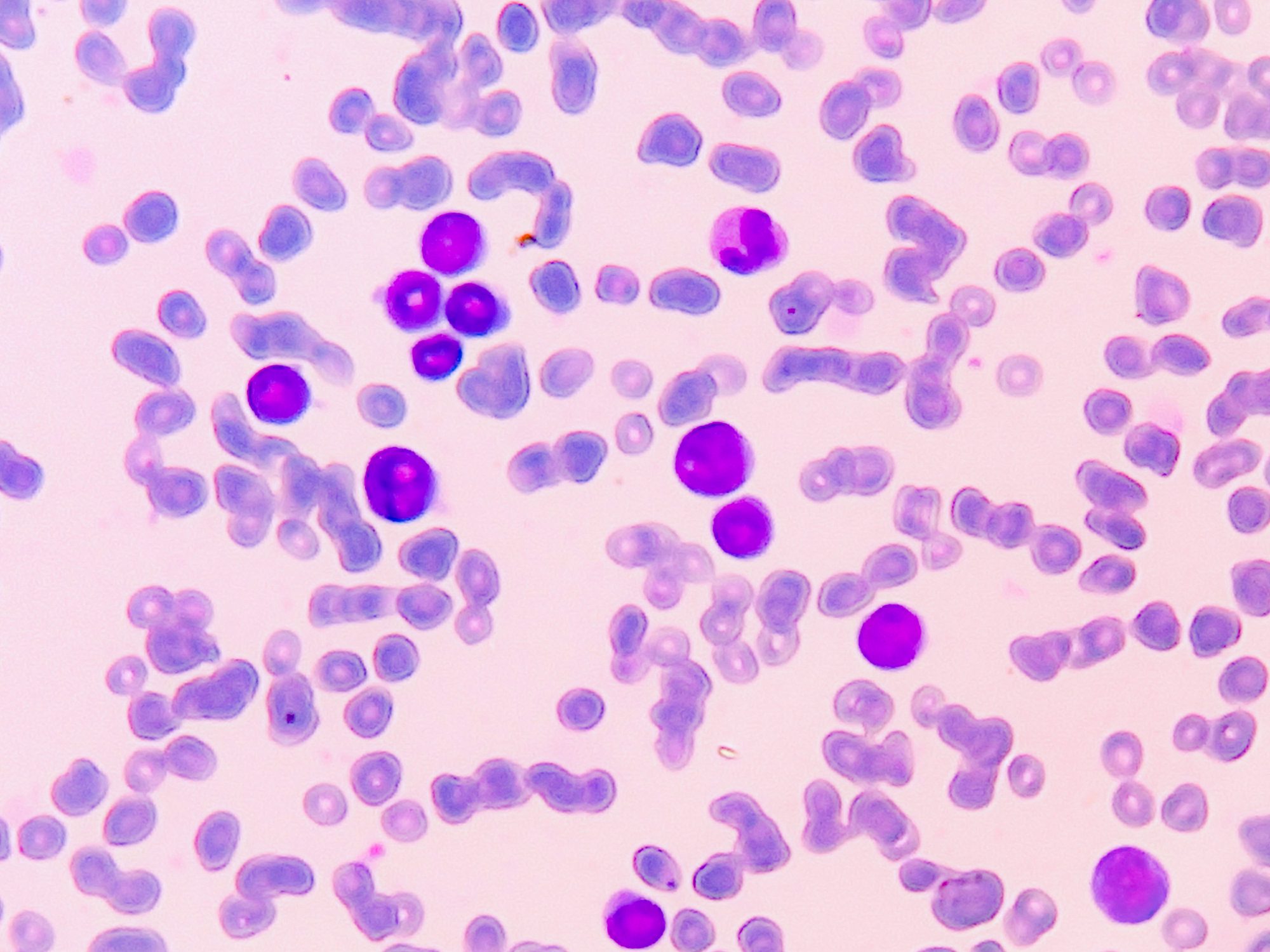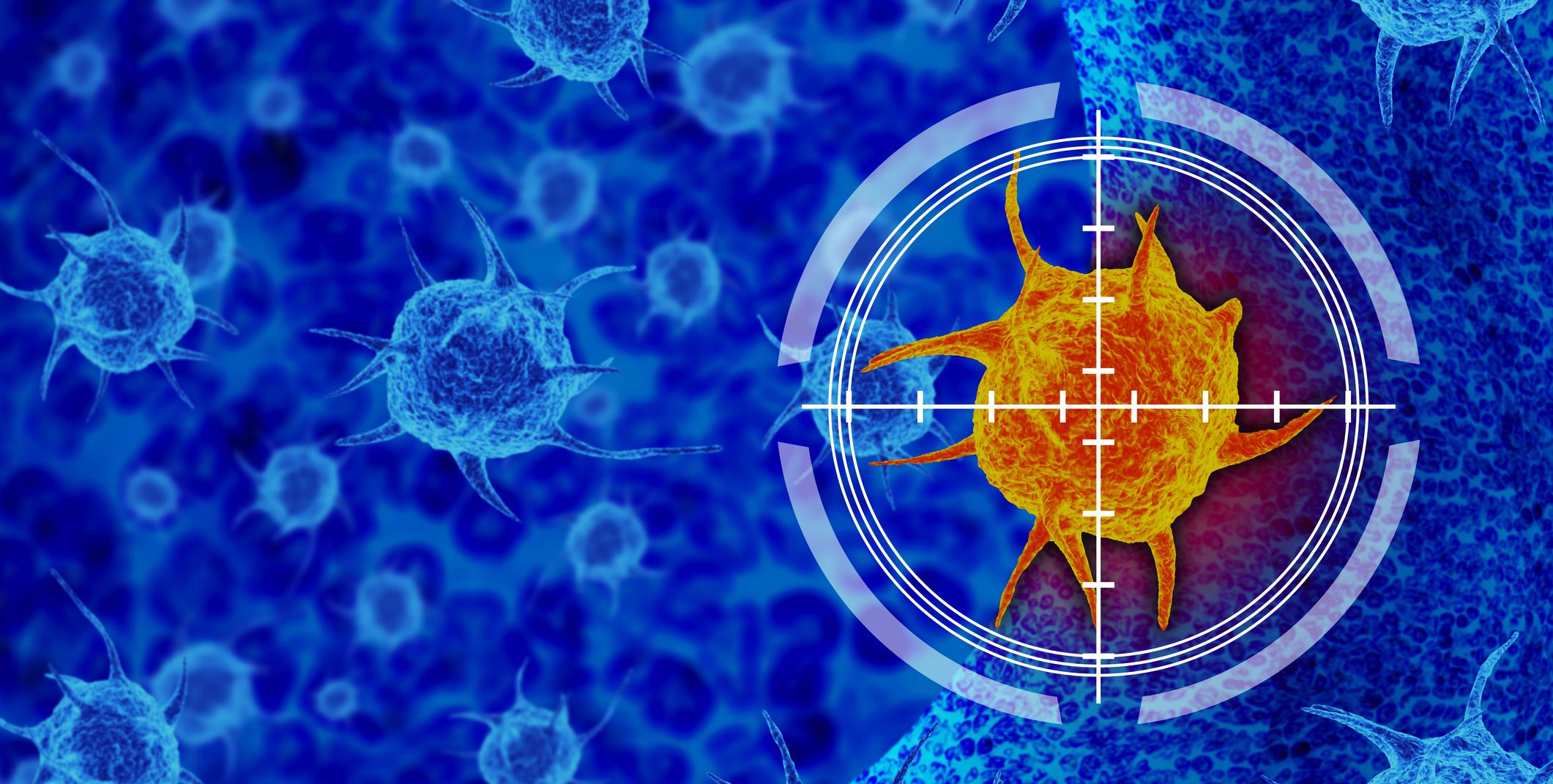In most cases, multiple sclerosis is relapsing and can progress to a chronic progressive stage over time. Which therapy management is used depends not only on the individual circumstances but also essentially on the efficacy, safety and tolerability of the treatment. However, effective therapies for progressive forms are limited.
The options for course-modifying treatment in progressive multiple sclerosis (MS) are currently still limited compared to the relapsing form of the disease. This is because, in addition to inflammation, neurodegeneration in the central nervous system also plays a role. These are associated with progression, irreversible deterioration occurring independently of relapses. Approximately half of patients progress from relapsing-remitting MS (RRMS) to secondary progressive MS (SPMS) after 15-20 years of disease progression. In about 15% of affected individuals, a gradually progressive, primary progressive form of MS (PPMS), in which no relapses occur, is already evident at the beginning. The progression of the disease can then be more rapid than in a relapsing course. But effective treatment options are rare.
Many of the treatment options established in RRMS have not been found to be equally effective in SPMS. In addition to glatiramer acetate and fingolimod, these include natalizumab and cladribine [1–4]. However, other less established immunomodulatory or immunosuppressive agents have also failed to demonstrate convincing efficacy in progressive MS [5]. Currently, there are only four substances available in Switzerland for MS patients with a progressive form. In addition to interferon beta-1b, mitoxantrone, and ocrelizumab, siponimod was approved in SPMS in late 2020. This is a further development of fingolimod and binds selectively to receptor subtypes 1 and 5. In the pivotal study, a significant reduction in the risk of disability progression at three and six months was demonstrated compared to placebo – independent of relapses [6]. There was also less inflammatory activity on MRI and less loss of brain volume.
SPMS in focus
One of the few substances that can be used in both RRMS and SPMS is interferon beta-1b. In a placebo-controlled study, a significant treatment effect was shown with respect to disability progression after at least two years of treatment [7]. In contrast, a large Cochrane meta-analysis found no effect on clinical disease progression [8]. The experts therefore tend to assume a minor effect on progression.
Third in the group is the cytostatic drug mitoxantrone, which has an immunomodulatory effect. Following individual cases and observations, a placebo-controlled study was conducted that demonstrated a significant difference in the number of relapses and clinical disability after two years [9]. Approval in Switzerland is limited to ambulatory patients with rapidly progressive disease or after failure or intolerance of other immunomodulators.
Monoclonal antibody in PPMS
The only agent approved for PPMS is ocrelizumab, a monoclonal antibody. It is directed against the differentiation antigen CD20 and leads to effective prolonged depletion of lymphocytes, especially B cells [10]. A large phase III trial demonstrated a significantly lower risk of 24 and 25% for disability progression at three and six months, respectively, compared with placebo [11]. In addition, it resulted in a smaller total volume of T2-hypertensive MRI lesions and a smaller decrease in brain volume. There was also a positive effect on walking ability and upper extremity function.
Literature:
- Wolinsky JS, Narayana PA, O’Connor P, et al: Ann Neurol 2007; 61: 14-24.
- Lublin F, Miller DH, Freedman MS, et al: Lancet 2016; 387: 1075-1084.
- Kapoor R, Ho PR, Campbell N, et al: The Lancet Neurology 2018; 17: 405-415.
- Sipe J: The Lancet 1994; 344: 9-13.
- Filippini G, Del Giovane C, Vacchi L, et al: Available at: http://doi.wiley.com/10.1002/14651858.CD008933.pub.2
- Kappos L, Bar-Or A, Cree BAC, et al: Lancet 2018; 391: 1263-1273.
- Kappos L, Polman C, Pozzili C, et al: Neurology 2004; 57: 1969-1975.
- La Mantia L, Vacchi L, Di Pientrantonj C, et al: Available at: http://doi.wiley.com/10.1002/14651858CD005181.pub.3
- Hartung HP, Gonsette R, König N, et al: Lancet 2002; 360: 2018-2025.
- Graf J, Albrecht P, Goebels N, et al: The Neurologist 2020; 91: 722-734.
- Hauser SL, Bar-Or A, Comi G, et al: N Engl J Med 2017; 376: 221-234.
InFo NEUROLOGY & PSYCHIATRY 2021; 19(1): 18.












